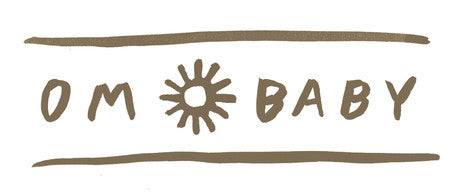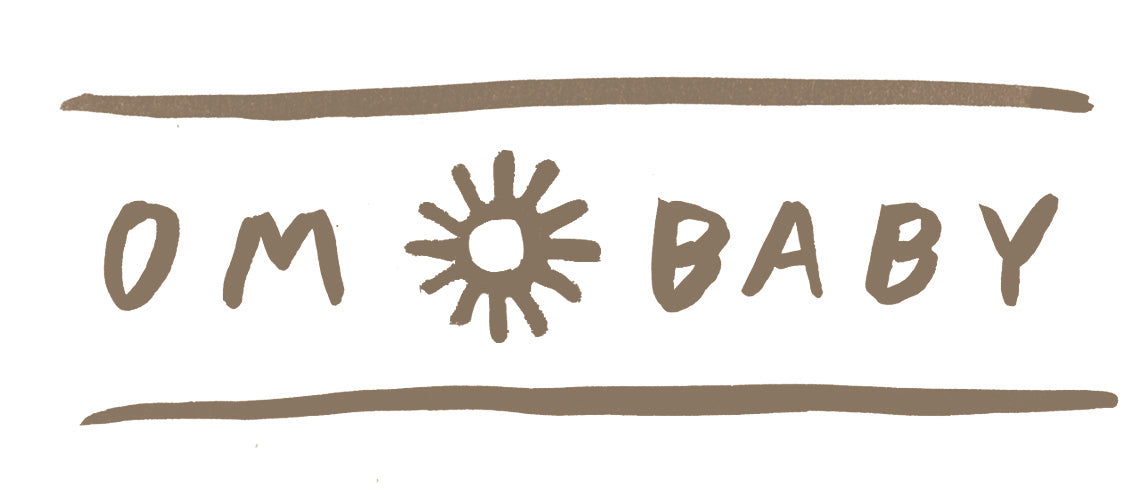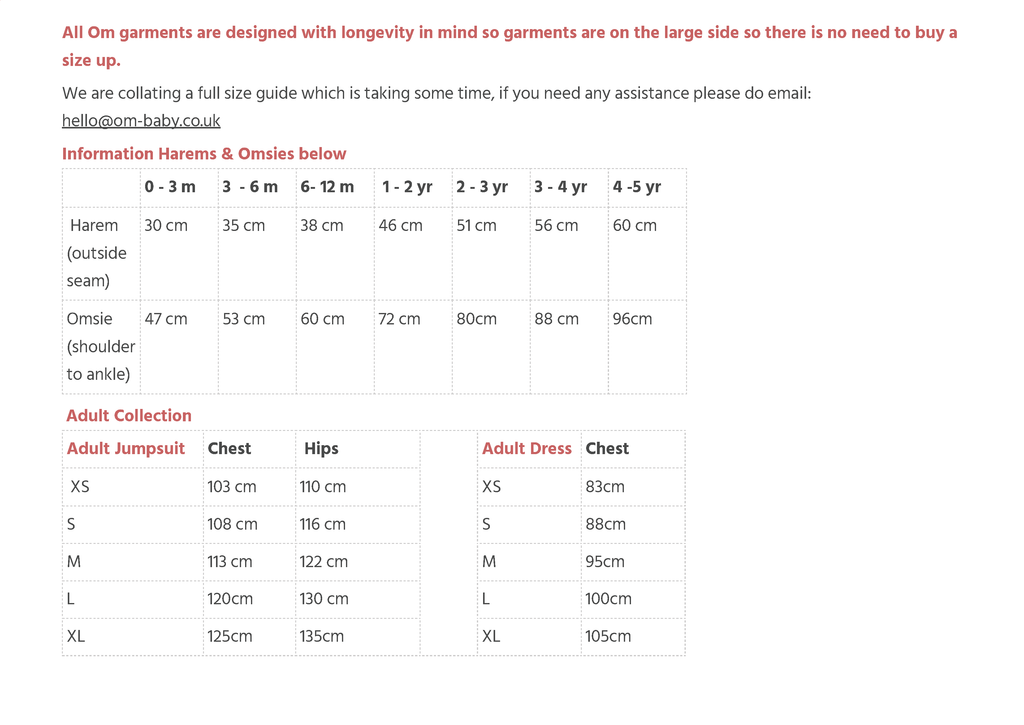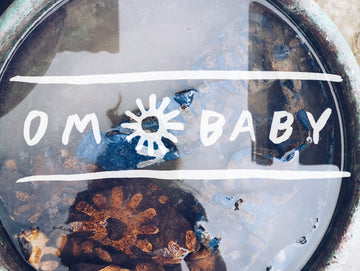Q&A with Vijendra Chhipa, Artisan Blockprinter
Our woodblock printed textiles are sourced from Bagru Textiles, a community of artisans just outside Rajasthan, India, who have developed their art over generations. They print the cotton by hand with natural and eco dyes before shipping the cloth to London where we hand make all your garments to order. We believe it is really important to know who makes your clothing, so we spoke with Vijendra Chhipa, the co-director of Bagru Textiles, to give you a little peek into his world.

Tell us about the Chhipa community and your heritage in hand block printing.
Hand block printing art is more than 350 years’ old. Two Chhipa families started printing for one of the Kings of Bagru, and then slowly more families joined them, learned from them, and the skills were passed down from generation to generation.
The Chhipa artisans are masters of their craft, developed over the years, whether it be block carving, printing or dyeing. We don’t simply make a dress, a quilt or a scarf, but a unique work of art created by our own hands.

What was your ambition when founding Bagru Textiles?
I have always loved fabric and colour. I learnt this art from my father as a fifth-generation dyer and Master printer. My ambition is to save this art and to remove the middle man between artisans and consumers, whilst developing a sustainable business for our community.

How do you strike the balance between modernising your prints for current demand, whilst staying true to your heritage?
I try to maintain our tradition with customised printing, by using the traditional printing process, with a modern touch and customised designs. We work with our clients to understand what their customers are looking for. Then, from the design, to printing, and dyeing, we create something fresh, without steering away from our roots.

Talk us briefly through the block-printing process.
Our process starts once we get the fabric and it is cut into pieces. We wash it to remove all the impurities, dry it, and use self-prepared natural colour to dye it. Then, we print the fabric with hand-carved blocks, created by our carvers using drills, chisels, hammers, nails, and files, to get a design from paper to block. On average, a printer will need at least 4 or 5 blocks to create a hand printed cloth, with each block taking one to two days to prepare.

For regular hand block printing, our printer dips the wooden printing block in the dye tray before pounding the centre of the block onto the fabric with their fist. The pattern is repeated, aligning the blocks by eye. Then the fabric is washed again, and left outside for drying. The other process, that is the dabu or mud resist printing process, which is creating light-coloured motifs on a dark background, is printed with mud paste. When it is dried, we dip it into indigo dye or any other natural dyes, dry the fabric again, and give the final wash and the fabric is ready.

Was it a conscious choice to work with companies outside of India and have you seen a rise in demand for slow, sustainable fashion?
Yes, I always wanted to get our designs out to more people across the world.
Connecting our small town with the rest of the world provides opportunity for both ends of the supply chain. It helps people here in Bagru to provide themselves with a better life and to expose our beautiful culture and traditions. On the other end, custom printing helps clients to turn their imaginations into a reality. Our community of master printers, dyers, block carvers, dhobiwalas and designers work together to cater to our clients’ desires.
The demand for sustainable fashion is slowly growing, and when we started customised printing, we got more interest from across the globe. Indian block design is becoming a major global trend and we are fortunate to work with companies in the US, Australia, and the UK. I think it’s something more people are getting into as we all start to understand the side effects of the mass consumption of fast fashion.

It’s great that a portion of your profits support community initiatives – can you tell us more?
We are pleased to be able to pay our workers 35% more than local wages. We organise a health clinic every year and we provide prescription and cataract surgery and glasses free for the block printing community. We have also provided water filters for co-op families and taken part in lots of initiatives to care for our community.

From an environmental point of view, what are the benefits of hand block printed fabrics?
In this type of printing process, we use natural ingredients, such as vegetable and mineral dyes, which are not harmful for the environment or skin. Further, the water used to make and wash the fabrics are re-used to irrigate crops. Everything is done by hand so we don’t need machines or to build factories, and we use the sun to dry our fabrics. Every product you buy is unique and made over a series of days by a number of people, with much less impact on the environment than a fast fashion item.

What do you like about working on Om Baby collections?
Most of the Om Baby prints are great and the colours are always unique in natural colours. It is always great to have designers visit from around the world bringing their ideas.








